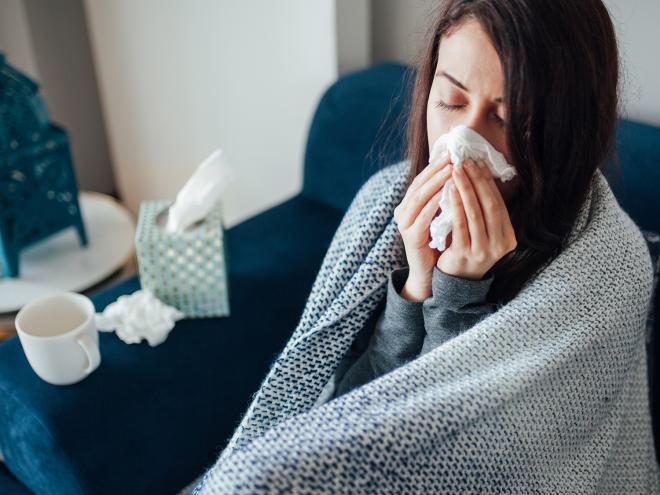The winter months can be tough, with chilly temperatures, constant drizzle, and early sunsets making our everyday lives feel more difficult to manage. Many people experience seasonal mood fluctuations as the weather changes, but this can be more severe for some.
Seasonal Affective Disorder (SAD) is a type of depression that occurs during the same season each year. While some people experience SAD during the summer months, most of the time it begins in fall or winter, lasting until spring or early summer arrives.
Not just a bad mood
Vancouver-based psychiatrist, Dr Matthew Chow, says that SAD is not as simple as a feeling of unhappiness, or a bad mood.
“There are significant changes that happen to people with SAD. Their appetite and weight can change. Energy levels may fall. People can lose interest in their work and hobbies. People may pull back from friendships and family. Negative thoughts such as hopelessness, despair, guilt, and pessimism may start to predominate. Some people may even experience suicidal thoughts.”
As far as what causes SAD in some people, changes in outdoor light levels can contribute, but genetics can often play a role. Many people with SAD find it runs in their families.
How is SAD treated?
 Dr Chow says that people who suspect they have SAD should speak to their physician, or a mental health professional such as a psychologist, about treatment options. It is especially important to speak to a professional if you are having suicidal thoughts: “Treatment is safe and effective. Some individuals will benefit from a light therapy device— basically a specially designed bright lamp that simulates sunlight to overcome the symptoms of SAD.”
Dr Chow says that people who suspect they have SAD should speak to their physician, or a mental health professional such as a psychologist, about treatment options. It is especially important to speak to a professional if you are having suicidal thoughts: “Treatment is safe and effective. Some individuals will benefit from a light therapy device— basically a specially designed bright lamp that simulates sunlight to overcome the symptoms of SAD.”
He added that it is important to make sure the device is specially designed to treat SAD, as using just any bright light could be ineffective at best, and possibly even harmful. UV lamps and artificial suntanning are not appropriate treatments for SAD.
Other treatments commonly used for depression can be effective. Dr Chow noted that talking therapies have been shown to be very effective for many cases of depression. Medications, especially for individuals experiencing the most severe of symptoms, are sometimes used.
If you do visit a healthcare professional, you can also fill out the Patient Health Questionnaire 9 - this information about your experiences over the last two weeks can help those caring for you to provide the most appropriate help. An online version can be accessed via this link.
While we don’t know how to prevent SAD, there are some things you can do that contribute to better mental health year round, such as spending time with friends, getting exercise, pursuing your hobbies, and making time for sleep. If you do think you have SAD, don’t panic! Treatment is safe and effective, and people get back to feeling like themselves.
Resources
Open Mind BC
HealthLink BC Mental Health resources
Canadian Mental Health Association



